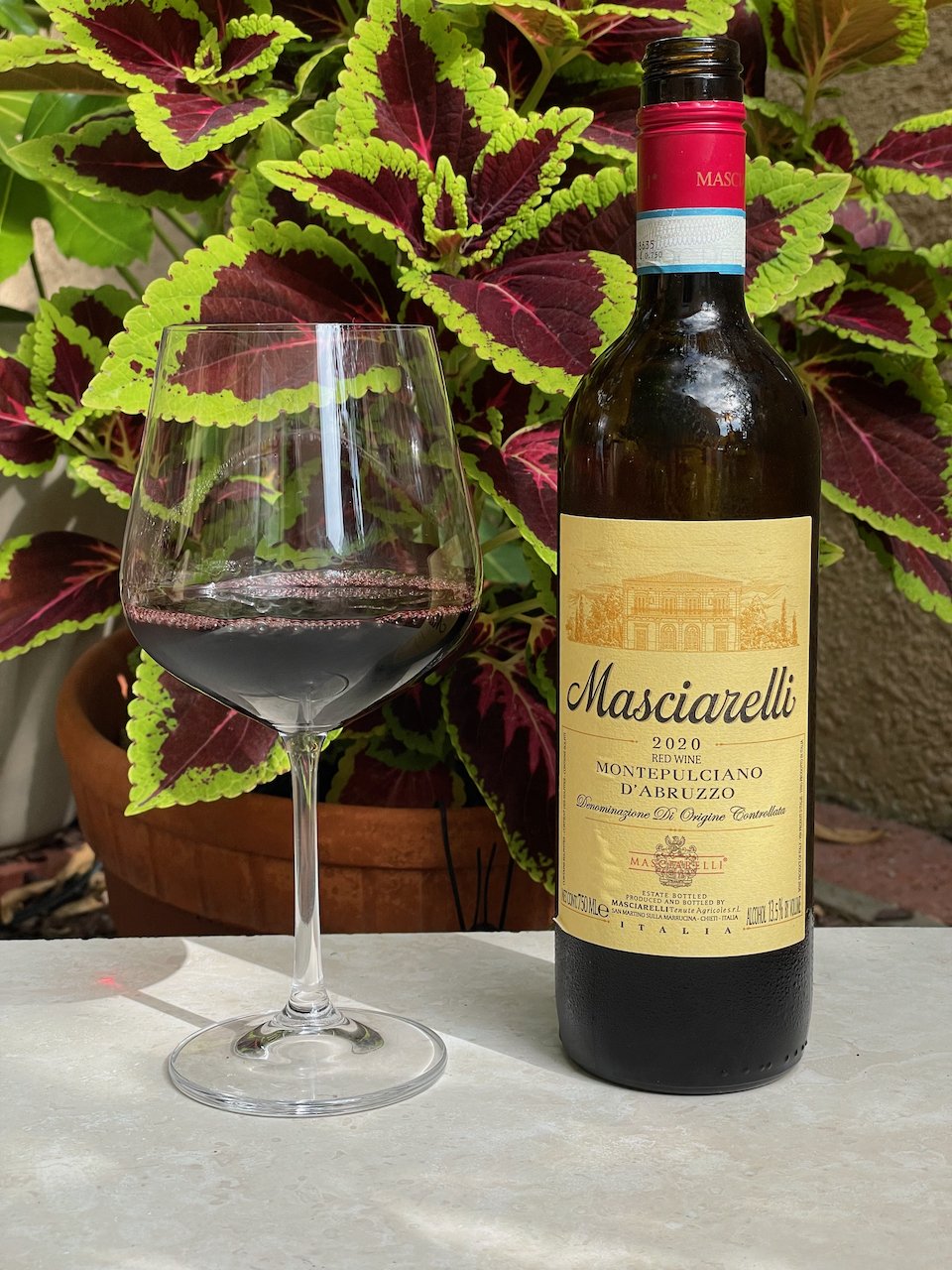2022 Domaine Bousquet Virgen Chardonnay ($13)
Virgen wines are the first Argentine no-sulfites-added USDA-organic-certified wines to launch in the U.S., from Uco Valley-based Domaine Bousquet, Argentina’s largest exporter of organically grown wines.
Named for the virgin land where the Bousquet’s built Domaine Bousquet, this wine is a nod to the continued commitment by the winery to protect and preserve.
Some may associate the natural, no-sulfites-added wine movement with small-production, impossible-to-find, cloudy, funky and inconsistent wines. But not so with this Virgen wine. It is balanced, fresh and approachable: vegan, no oak, and great value for the price!
“We only tackled this project once we were confident that we could manage the challenges of making top-notch organic, no-sulfites-added wines. We also wanted to make sure that these wines remained true to our house style: elegant, with bright, clean, fruit flavors.” – Domaine Bousquet co-owner Anne Bousquet
This Virgen Natural 100% Chardonnay is a beautiful deep gold color with aromas of yellow apple, apricot and pineapple. On the palate this wine has rich apple flavor and some notable minerality. For a wine that is produced in stainless steel, it has a surprising richness and moderate acidity that leads to a soft finish.
This is a very serious Chardonnay that also happens to be USDA Organic, Vegan friendly, gluten free and has no sulfites added. This makes it a great fit as this week’s Behind the Cork™ Wine of the Week. Cheers!
ABV: 13.5%, RS: 1.56 gm/L, pH: 3.28, Acidity: 5.77 gm/L
Disclosure of Wine Sample Submission: I received this sample at no cost for review. The opinions expressed are entirely my own.
Sample Provided by Domaine Bousquet Winery via Creative Palate Communications






